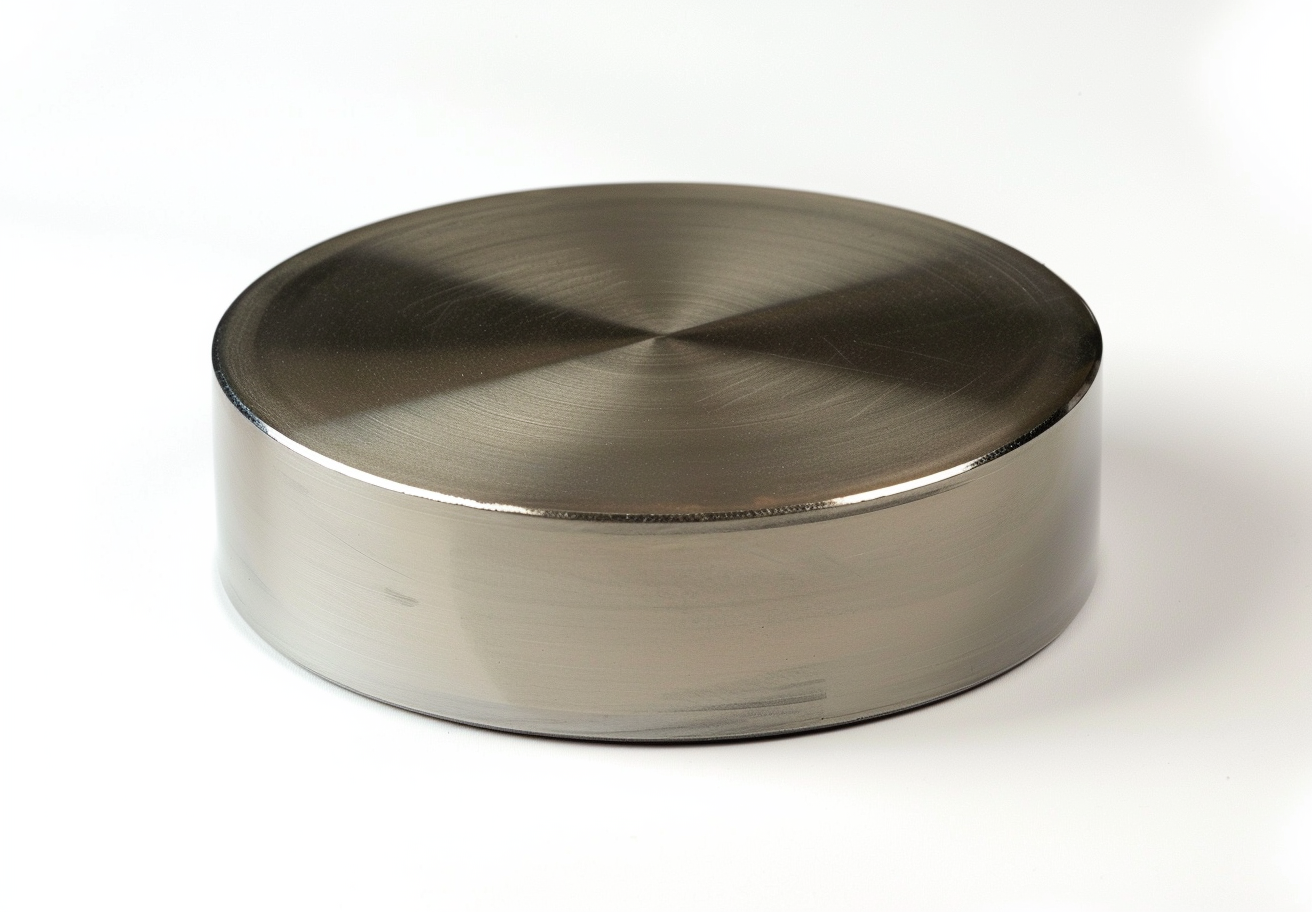What Are Beryllium's Properties
Beryllium has atomic number 4, belongs to the second period of the second main group and is the lightest alkaline earth metal. Beryllium metal is steel-grey; its melting point is 1 283 °C, its boiling point is 2 570 °C, and its density is 1.848 g/cm³. Natural beryllium comprises three isotopes: Beryllium 7, Beryllium 8, and Beryllium 10, with 9Be being the only stable nuclide. Beryllium ores occur in over 30 varieties. Among these, Beryllium (3BeO - AlO3 - 6SiO2), Phenakite (2BeO - SiO2), and Chrysoberyl (BeO - Al2O3) have economic value; the richest beryllium resources are found in the United States. As the first member of the alkaline earth metals – a group of rare light metals exhibiting low density, high melting point, high elastic modulus, high tensile strength, excellent thermal properties, good dimensional stability, low neutron absorption cross-section and high X‑ray transmission, among other defined performance metrics – the metal is essential in the aerospace, aviation, electronics and nuclear industries, and is generally referred to as “Super-Metal” or “Metal-Prime”.

Properties of Beryllium
Physical Properties
Beryllium is a lightweight, rare metal with a low atomic density (only 1.847 g/cm³). Its melting point is high at 1 283 °C. Beryllium exhibits a dense hexagonal close-packed structure. The phase transition occurs at 1 254 °C, corresponding to the beta-Be structure. Beryllium shows the highest heat capacity among all metals. At room temperature, its specific heat capacity is 1.8828 J/gK, and it absorbs more heat than other metals; this property is maintained up to its melting point. The thermal conductivity of beryllium at room temperature is 0.15 kW/(m·K). The coefficient of thermal expansion is similar to that of stainless steel and Ni-Co alloys, and the thermal diffusivity is high.
The reflectivity for visible light is 50%, for ultraviolet light 55% and for infrared light 98%. The transmission of X‑rays is high, which is why beryllium is used as a critical component in X‑ray windows.
The elastic modulus of beryllium is very high at 309 000 MPa, approximately four times that of aluminium, 2.5 times that of titanium and 1.5 times that of steel. The specific stiffness is about six times that of steel, aluminium and titanium. In addition, beryllium exhibits the lowest thermal neutron absorption rate among metals, while its scattering cross-section is very high.
Furthermore, beryllium is a steel-grey light metal. It has a higher hardness than its counterparts, whereas calcium, strontium and barium can be cut with a knife.

Chemical Properties
Beryllium is a highly reactive metal with a strong affinity for oxygen. At room temperature, it reacts with oxygen to form a thin, protective oxide layer on its surface. In dry air, oxidation occurs progressively over an extended period at temperatures below 600 °C; above 600 °C, the oxidation rate gradually increases. However, if the temperature reaches 800 °C for a short duration, the extent of oxidation remains limited.
Beryllium and lithium form a protective oxide layer when exposed to air, thereby maintaining stability. Beryllium is insoluble in cold water, slightly soluble in hot water, and soluble in dilute hydrochloric acid, dilute sulphuric acid, potassium hydroxide solution and hydrogen. Beryllium metal also demonstrates significant corrosion resistance to oxygen‐free sodium at elevated temperatures. Beryllium exhibits a positive valency, which gives rise to the formation of polymers and a class of covalent compounds with high thermal stability.
The Anomalous Nature of Beryllium
The valence electron configuration of the Be atom is 2s², its atomic radius is 89 pm, the radius of the Be²⁺ ion is 31 pm, and its electronegativity is 1.57. Given its small atomic and ionic radii alongside its relatively high electronegativity, beryllium tends to form covalent bonds, in contrast to other elements in the same group that primarily form ionic compounds. Consequently, beryllium exhibits properties that differ from those of other elements in the group.
(1) Beryllium readily forms a compact protective film on its surface and does not react with water, whereas other metals such as magnesium, calcium, strontium and barium react readily with water.
(2) Beryllium hydroxide is amphoteric, while the hydroxides of the other group elements require strong alkali conditions.
(3) Beryllium salts undergo strong hydrolysis to form tetrahedral ions [Be(H₂O)₂]²⁺. The Be–O bond is strong, thereby weakening the O–H bond so that the hydrated beryllium ions tend to lose protons:
Beryllium salts are acidic in pure water. The salts of other elements in the group (except magnesium) do not hydrolyse.

 Bars
Bars
 Beads & Spheres
Beads & Spheres
 Bolts & Nuts
Bolts & Nuts
 Crucibles
Crucibles
 Discs
Discs
 Fibers & Fabrics
Fibers & Fabrics
 Films
Films
 Flake
Flake
 Foams
Foams
 Foil
Foil
 Granules
Granules
 Honeycombs
Honeycombs
 Ink
Ink
 Laminate
Laminate
 Lumps
Lumps
 Meshes
Meshes
 Metallised Film
Metallised Film
 Plate
Plate
 Powders
Powders
 Rod
Rod
 Sheets
Sheets
 Single Crystals
Single Crystals
 Sputtering Target
Sputtering Target
 Tubes
Tubes
 Washer
Washer
 Wires
Wires
 Converters & Calculators
Converters & Calculators
 Write for Us
Write for Us
 Chin Trento
Chin Trento



